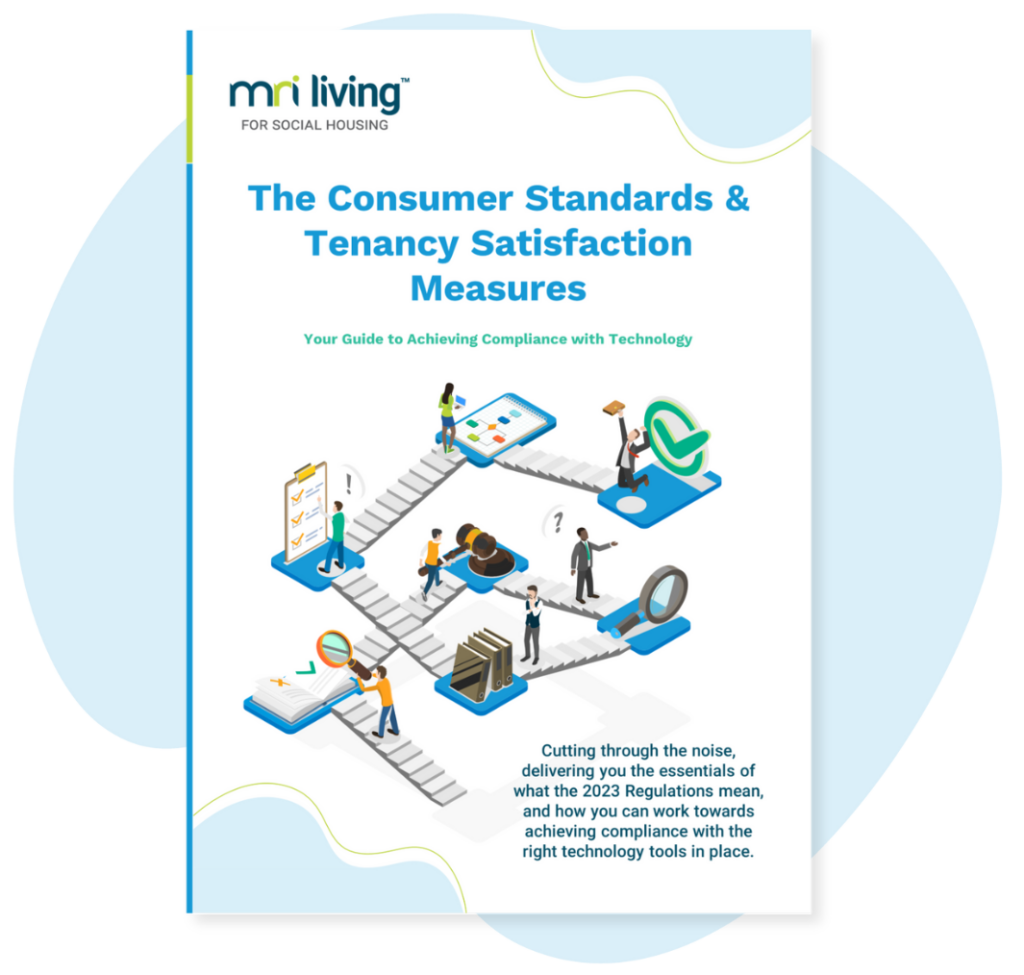The cost of domestic abuse
Domestic abuse costs. It costs victims of domestic abuse and their families their safety, wellbeing and security through the very real harm caused by the incidents and threats of violence and intimidation by abusers.
And as well as the real price of the suffering to the 2.4m adults who experienced domestic abuse last year, there is also cost to society as a whole. In 2017 the UK government estimated that the emotional and physical effects for victims of domestic abuse (DA) amount to £47 billion per year, the highest consideration out of the estimated £66 billion per year cost to society.
Assigning a financial cost to domestic abuse is something the Home Office undertakes as part of its overall approach to the cost of crime to society. And what these numbers represent is the ripple out from a household throughout the community and wider society – and one of the stark reasons why society needs to take action.
When governments and organisations evaluate the costs of a crime to the criminal justice system, domestic abuse is unusual because events tend to happen over a sustained period of time, comprising multiple incidents. Those experiencing domestic abuse may endure repeated attacks over time or ongoing abuse with insidious tactics that make it hard to split out into ‘events’. However, the structure that the UK uses to evaluate the costs of crimes is broadly the same. According to the 2018 paper ‘The Economic and Social Costs of Crime’, they are split into three strands.
Anticipation: These are processes implemented to protect people from and prevent crimes from happening. In terms of domestic abuse, this may mean a local authority supplying information and education to customers and carefully monitoring for signs of abuse. Implementing Safeguarding strategies, resourcing teams and training key staff to spot signs of potential abuse.
Consequences: This relates to the tangible damage, such as physical injury or property damage, or intangible damages like the emotional and mental suffering, lost days of employment and education.
Response: These might be services from the police, NHS charities and housing providers, for example in helping to restore public order, punish perpetrators or rehouse victims.
While some forms of domestic abuse are more insidious and seemingly invisible, such as psychological or economic abuse and control, others will involve more visible behaviours like physical abuse, harassment and stalking. As well as the bruises or worse, there is also the cost of criminal damage to property – including goods or the home – such as holes in walls, doors ripped from fittings or locks broken through.
In 2018, software company Gentoo released a comprehensive and stark insight into the impact these incidents had on housing associations in their report, SafeLives. Between 2015 and 2017, they calculated that 13% of property repairs and 21% of repair costs could be traced to domestic abuse, costing around £8.4 million. They also believe that the number of evicted tenants may hold hidden costs with an eviction costing around £5,700.
As well as the unquestionable moral need to deliver safeguarding measures for tenants, the SafeLives report also laid bare the case for housing providers to employ early intervention domestic abuse strategies. ‘The criminal damage that results from violent behaviour is a cost that the housing provider (and in many cases, the tenant) must bear. Therefore, tackling domestic abuse also makes good financial sense for the tenant and the housing provider.’
Using the Streetwise Domestic Abuse system, Gentoo were able to calculate the staffing cost of dealing with 423 domestic abuse perpetrators. The total came to a shocking £140,000 and 262 days of staff time. This rings true across society at large. In 2018, the Government estimated that 12.8% of the population were experiencing DA and applied this figure to the total amount spent on getting people into emergency accommodation. This tallied up to around £119 million per year spent on crisis accommodation.
Housing providers have a significant financial incentive to identify and support customers affected by domestic abuse at the earliest opportunity.
For those experiencing or fleeing domestic abuse or violence, the cost of housing is an additional stress on top of their abuse. Housing costs for many, increase steeply after leaving an abusive situation and fear of these costs can lead to victims staying in their situation. The Domestic Abuse Housing Alliance (DAHA) report that survivors are up to seven times more likely to be in arrears.
The psychological and physical consequences of abuse in the home can also lead to multiple days per year being taken off work and education. After physical and emotional damage, the Government estimates that time lost from work costs the UK the second largest amount per annum – up to £14 billion.
The Vodafone domestic abuse survey shows that between 41% and 88% of those who had experienced domestic violence and abuse during their working life reported that it had impacted their career progression.
The Workplace Impacts of Domestic Violence and Abuse, Vodafone and KPMG
Only in 2016 was financial abuse officially recognised as a feature of domestic abuse. This is where an abusive partner takes control of a household’s finances, steals the other party’s money or denies them access to their own funds. End Violence Against Women also cited Universal Credit payments for an entire household’s budget being paid into one family member’s bank account, as a potential risk for financial abuse.
[It] reinforces the need to tackle domestic abuse, ideally through preventative efforts that stop the abuse from happening in the first place. It also highlights how domestic abuse impacts on many sectors of society, suggesting that the response should be similarly wide-ranging.
Case study: Vodafone and KPMG
Whilst an internationally focused report, the findings show how cross-sector thinking about the ramifications of domestic abuse could facilitate society-wide early intervention.
In 2019, Vodafone teamed up with KPMG to identify the impacts of domestic violence and abuse in their workplaces across nine global markets. Their rationale being that as an employer of 104,000 people, DA would certainly be an issue affecting some of their staff. Vodafone used the report to springboard a company-wide policy to support employees experiencing domestic abuse.
Days lost and loss of productivity due to domestic abuse in all its forms, was estimated to cost the organisation $2.1bn. When Vodafone engaged with employees self-reporting abuse, 38% of employees who had experienced it said that they were less productive in the workplace, with 33% saying that they couldn’t fulfil their potential. Furthermore, 9% of UK staff who self-reported abuse believed that they missed out on a promotion as a result of the abuse.
When we look at domestic abuse in these stark terms, it makes the issue more tangible – and we make it the issue of society at large. The less tangible consequences, such as low self-esteem and the time needed to emotionally and physically recover from abuse can have far reaching effects, but are harder to see clearly.
The cost of broken property borne by housing providers is just one in many cogs that start turning in an unhealthy relationship that causes suffering to so many.
Globally, the UN estimates abuse against women alone (not to mention domestic abuse directed at other genders) cost the global economy $1.5 trillion in 2016 or 2% of global GDP.
Tackling these problems can have profound effects on the individuals directly involved, but also upon the wider network of services, communities and organisations that may too be touched indirectly by the impact of domestic abuse.
The Consumer Standards and Tenancy Satisfaction Measures: Your Guide to Achieving Compliance with Technology
Cutting through the noise, delivering you the essentials of what the Consumer Standards and Tenancy Satisfaction Measures 2023 Regulations mean, and how you can work towards achieving compliance with the right technology tools in place. New regulatio…

